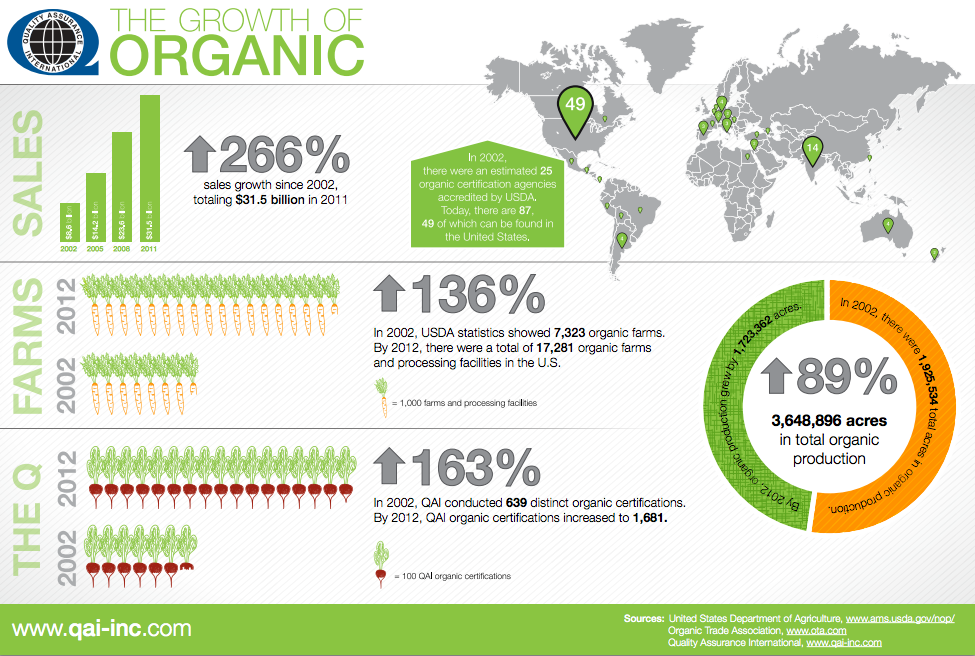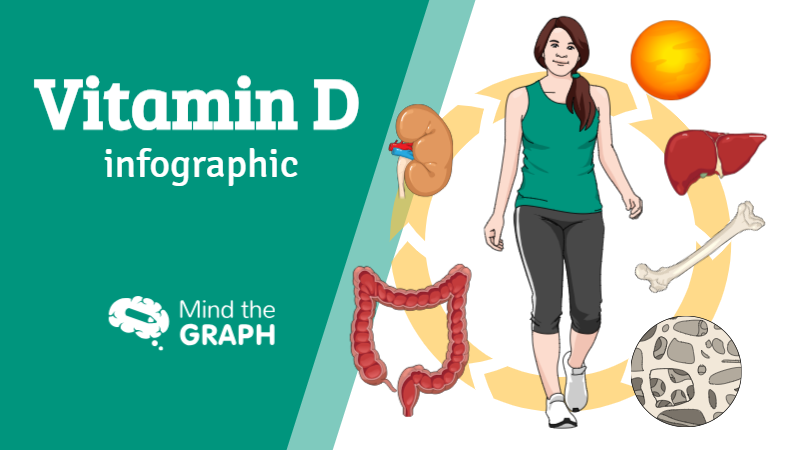Do you know the real difference between organic foods and their traditionally grown counterparts when it comes to nutrition, safety and price? Is healthy food really worth the price?
Once found only in health food stores, organic food is now a regular feature at most supermarkets. And that’s created a bit of a dilemma in the produce aisle.
På den ene hånd, du have a conventionally grown apple. On the other, you have one that’s organic. Both apples are firm, shiny and red. Both provide vitamins and fiber, and both are free of fat, sodium and cholesterol. Which should you choose? Get the facts before you shop.
Konvensjonelt vs. økologisk landbruk
The word “organic” refers to the way farmers grow and process agricultural products, such as fruits, vegetables, grains, dairy products and meat. Organic farming practices are designed to encourage soil and water conservation and reduce pollution.
Farmers who grow organic produce don’t use conventional methods to fertilize and control weeds. Examples of organic farming practices include using natural fertilizers to feed soil and plants, and using crop rotation or mulch to manage weeds.
Kilde: https://mindthegraph.com/public/11882. Den opprinnelige teksten er laget av ansatte ved Mayo Clinic og finnes her: http://www.mayoclinic.org/healthy-lifestyle/nutrition-and-healthy-eating/in-depth/organic-food/art-20043880
Økologisk eller ikke? Sjekk etiketten
Det amerikanske landbruksdepartementet (USDA) har etablert et økologisk sertifiseringsprogram som krever at alle økologiske matvarer oppfyller strenge myndighetsstandarder. Disse standardene regulerer hvordan slike matvarer dyrkes, håndteres og bearbeides.
Any product labeled as organic must be USDA certified. Only producers who sell less than $5,000 a year in organic foods are exempt from this certification; however, they’re still required to follow the USDA’s standards for organic foods.
If a food bears a USDA Organic label, it means it’s produced and processed according to the USDA standards. The seal is voluntary, but many organic producers use it.
Illustrasjon av USDAs økologiske seglProdukter som er sertifisert som 95 prosent eller mer økologiske, kan være merket med dette USDA-seglet.
Products that are completely organic — such as fruits, vegetables, eggs or other single-ingredient foods — are labeled 100 percent organic and can carry the USDA seal. Matvarer som inneholder mer enn én ingrediens, for eksempel frokostblandinger, kan bruke USDAs økologiske segl pluss følgende ordlyd, avhengig av antall økologiske ingredienser:
Matvarer som inneholder mer enn én ingrediens, for eksempel frokostblandinger, kan bruke USDAs økologiske segl pluss følgende ordlyd, avhengig av antall økologiske ingredienser:
100 prosent økologisk. For å kunne bruke dette uttrykket må produktene enten være helt økologiske eller bestå av utelukkende økologiske ingredienser.
Økologisk. Produkter må være minst 95 prosent økologiske for å kunne bruke denne betegnelsen.
Products that contain at least 70 percent organic ingredients may say “made with organic ingredients” on the label, but may not use the seal. Foods containing less than 70 percent organic ingredients can’t use the seal or the word “organic” on their product labels. They can include the organic items in their ingredient list, however.
Do ‘organic’ and ‘natural’ mean the same thing?
No, “natural” and “organic” are not interchangeable terms. You may see “natural” and other terms such as “all natural,” “free-range” or “hormone-free” on food labels. These descriptions must be truthful, but don’t confuse them with the term “organic.” Only foods that are grown and processed according to USDA organic standards can be labeled organic.

Abonner på nyhetsbrevet vårt
Eksklusivt innhold av høy kvalitet om effektiv visuell
kommunikasjon innen vitenskap.







